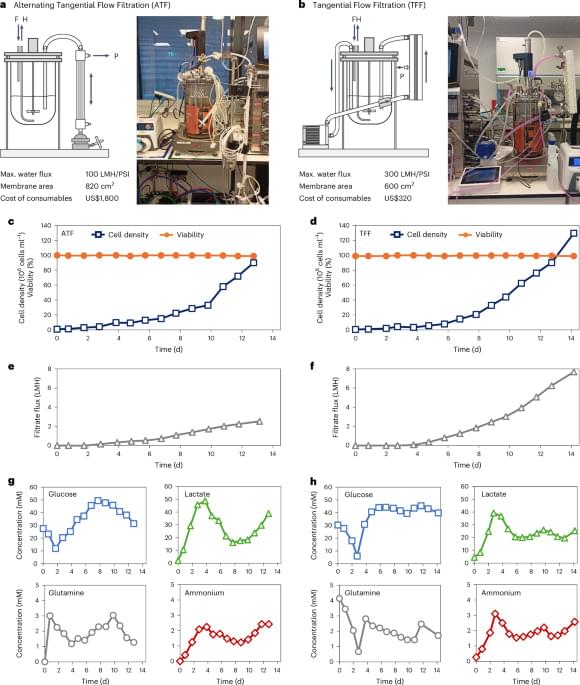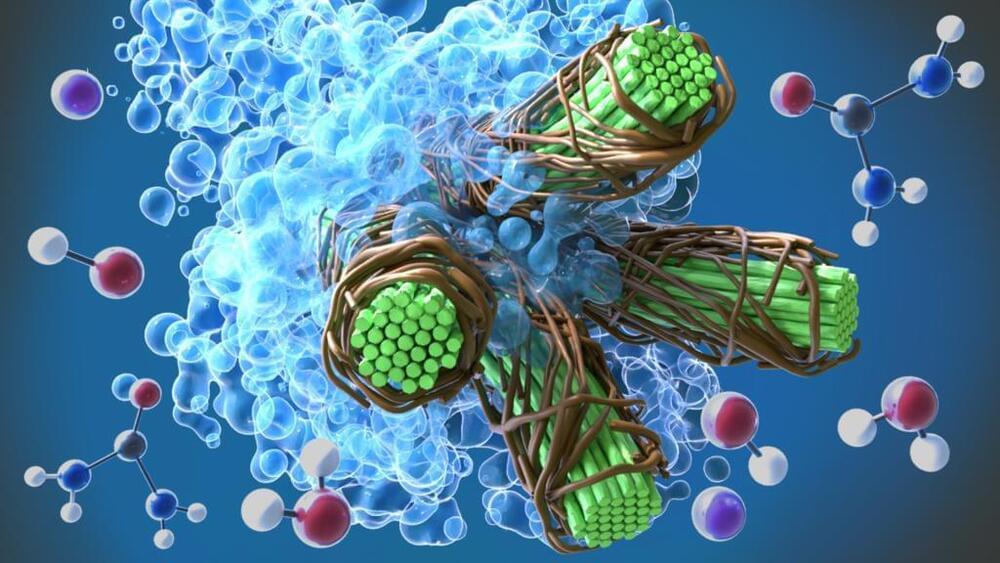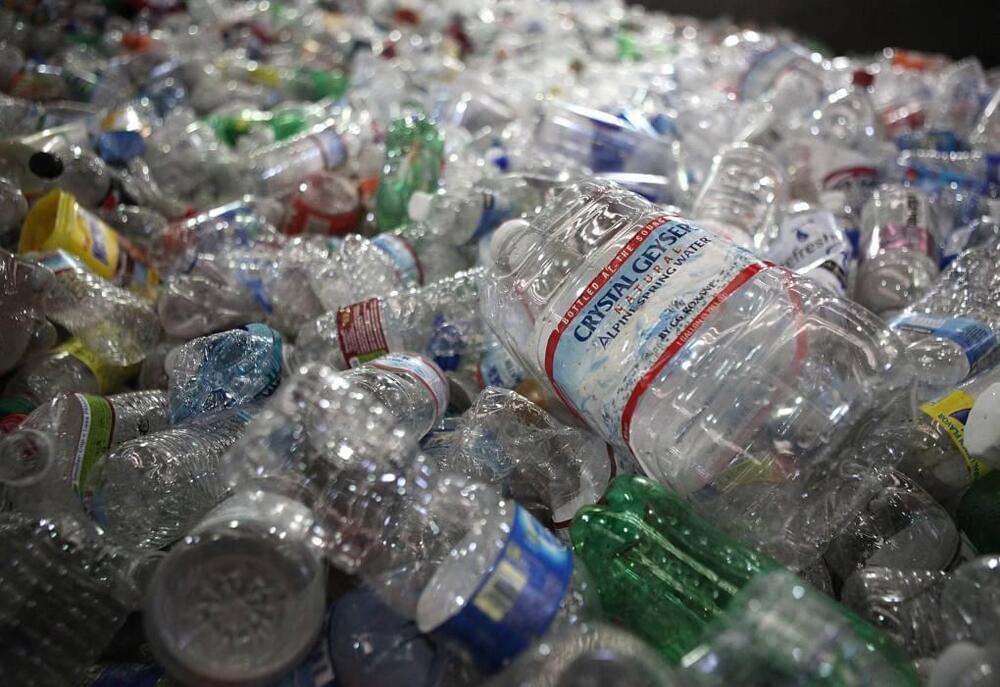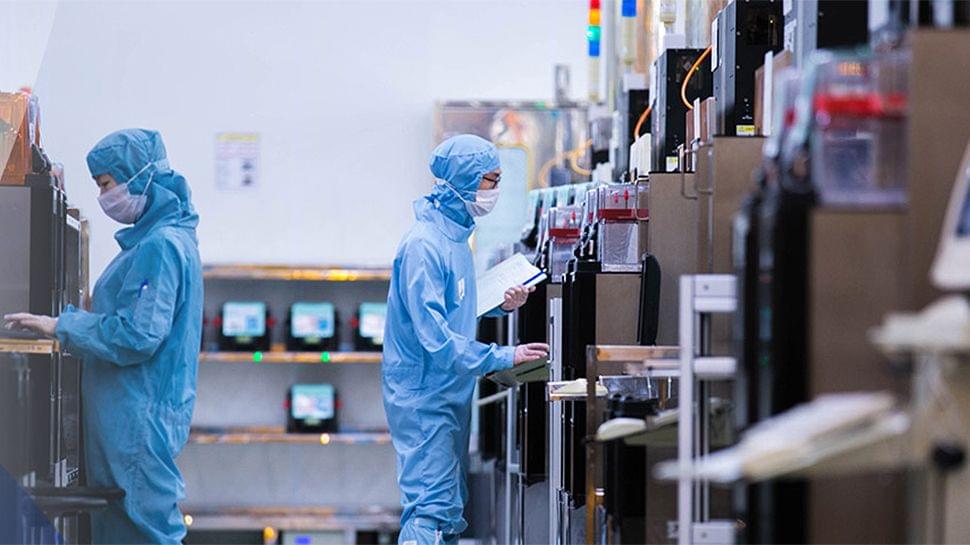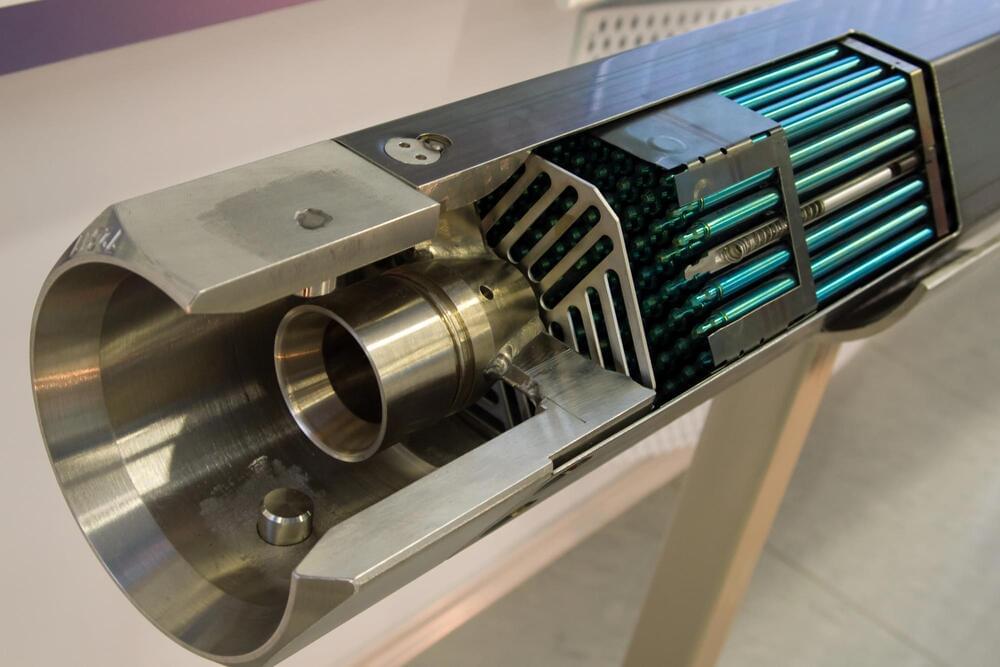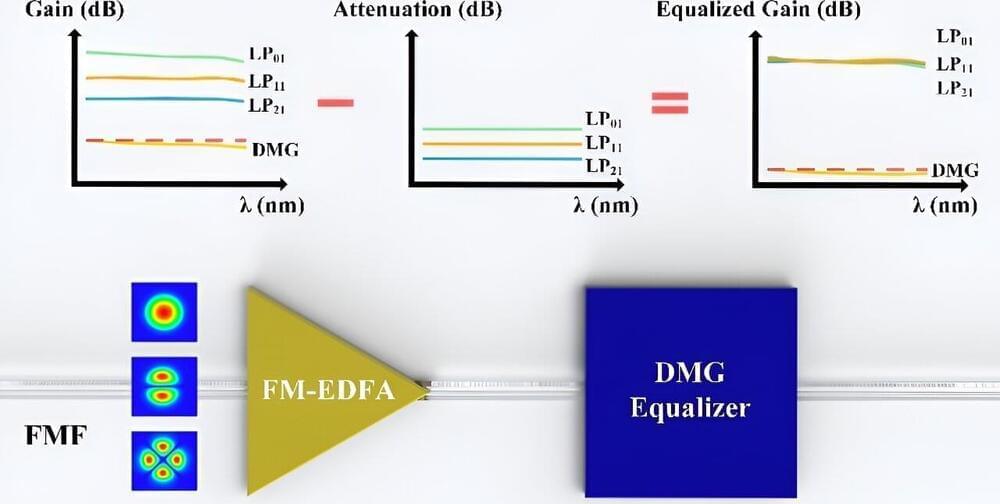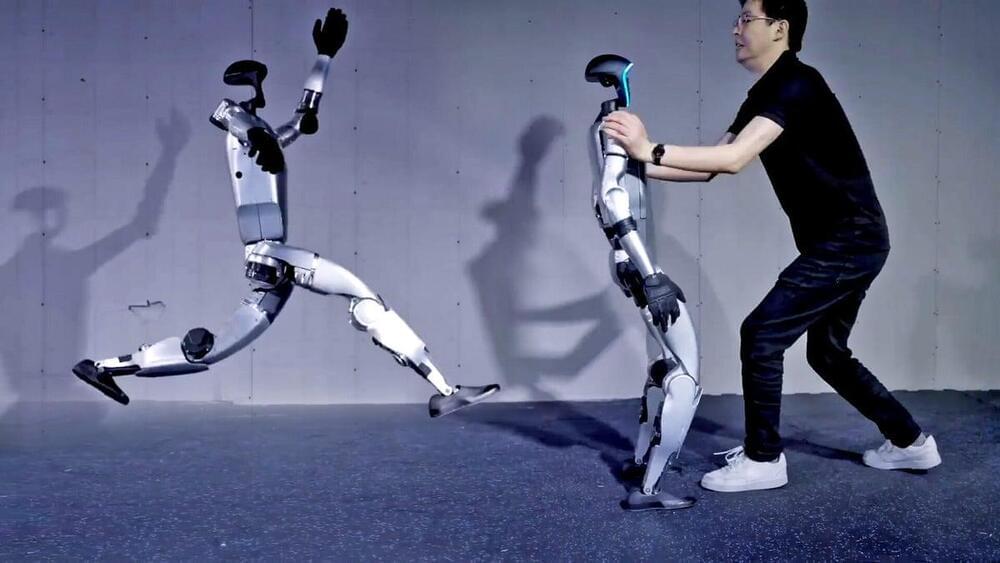
Summary: Human progress requires a culture of openness to change and innovation, which historically has been rare and resisted by established elites. Periods of remarkable achievement, like that seen in Enlightenment Europe, occurred when societies embraced new ideas and allowed for intellectual and economic freedom. The key to sustained progress lies in maintaining a culture of optimism and a politico-economic system that encourages innovation rather than suppressing it.
To make progress, we must do something differently from what we did yesterday, and we must do it faster, better, or with less effort. To accomplish that, we innovate, and we imitate. That takes a certain openness to surprises, and that openness is rare. It is difficult to come up with something that never existed. It’s also dangerous, since most innovations fail.
If you live close to subsistence level, you don’t have a margin for error. So, if someone wants to hunt in a new way or experiment with a new crop, it is not necessarily popular. There is a reason why most historical societies that came up with a way of sustaining themselves tried to stick to that recipe and considered innovators troublemakers.
